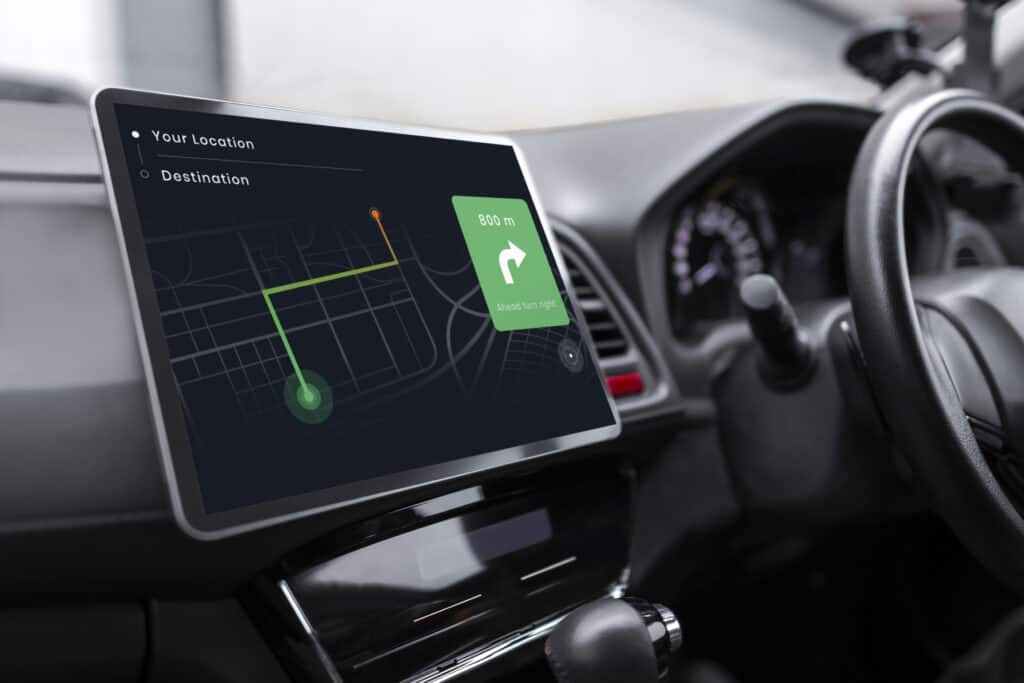
Government Self-Driving Safety Targets ‘Too Weak’, Report Says
Self-driving vehicles may once have seemed like something reserved only for sci-fi films, but today, they’re a very real prospect.
Around the world, trains, trams, cars, HGVs, buses and various modes of transport have made the switch to driverless…
But the question that always reappears is how safe are self-driving vehicles?
In the UK, the government has set ambitious targets on self-driving vehicles with funding announced for several projects to accelerate the availability of driverless technology.
However, a recent report from the Transport Committee has questioned the government’s safety targets for the projects, calling it ‘too weak’.
Self-Driving Vehicles In The UK – Where Are We?
The government recently announced even more funding as it aims to hit its target of getting self-driving vehicles on the road by 2025.
Plans are afoot to introduce new legislation to ensure that happens, while funding has been calculated to help achieve the UK’s goals when it comes to autonomous vehicles.
More than £100 million has been allocated to the project and research could include things such as tests on the performance and safety of autonomous vehicles in poor weather conditions such as heavy rain, snow, and fog.
One of the biggest concerns around self-driving vehicles has always been how they will interact with other road users and pedestrians…
That’s why research will be undertaken to see how the vehicles interact with cyclists, pedestrians, horse riders and other road users, particularly in stressful, difficult, and potentially dangerous situations.
But the question is… is enough being done?
One of the main concerns that the Transport Committee highlighted was around the role of fleet drivers in self-driving vehicles. That’s because the fear is that they could become less experienced and skilled over time, given that their role will involve much less ‘driving’ and more ‘monitoring’ in the future in autonomous vehicles.
It’s for that and other reasons that they’re planning to publish their statutory ‘Statement of Safety Principles’ to assess the safety of self-driving vehicles.
The Automated Vehicles Bill will be published by the government and reach the House of Commons, at which point amendments may be made as its scrutinised.
How Safe Are Autonomous Vehicles?
Well, it depends.
It depends who you ask, which project you’re looking at and which manufacturer you speak with.
There’s no doubt that the UK’s fleet sector has autonomous vehicles in its future, but the question remains as to what level, how it will be introduced, and what it will mean for drivers.
What is for certain is that drivers will not simply be cast by the wayside. Their roles may change over the coming decades, but safety concerns and legislation will ensure that people are very much at the forefront of these technological advancements.
What is your perception of self-driving vehicles? Would you consider them for your fleet? And how far away do you think we are from seeing them on the road – is 2025 too soon or just right? Let us know in the comments below.

